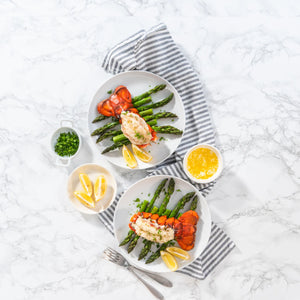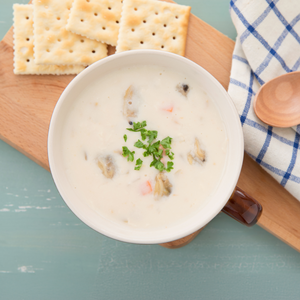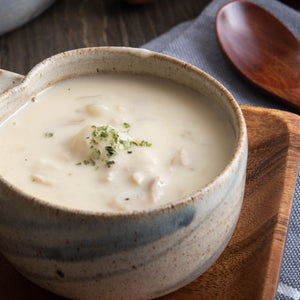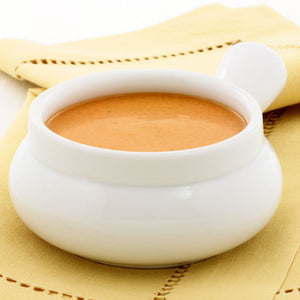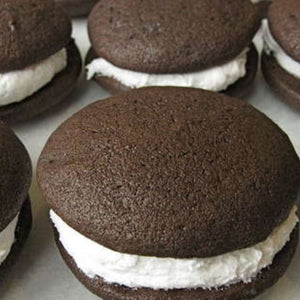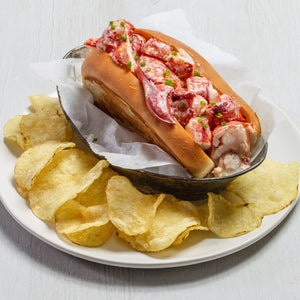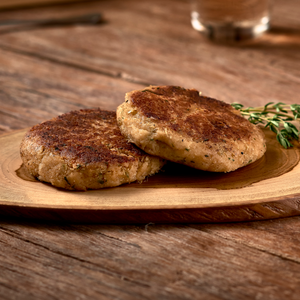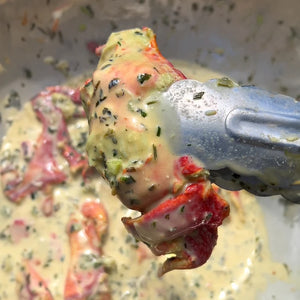Prep Tips

Single & Ready to Mingle Prep Tips
You chose the lobster that’s single by choice—but loves mingling with your favorite dishes. Perfect with steak, pasta, or even solo, these ready-to-cook backs are here to upgrade your plate. No...
Single & Ready to Mingle Prep Tips
You chose the lobster that’s single by choice—but loves mingling with your favorite dishes. Perfect with steak, pasta, or even solo, these ready-to-cook backs are here to upgrade your plate. No...
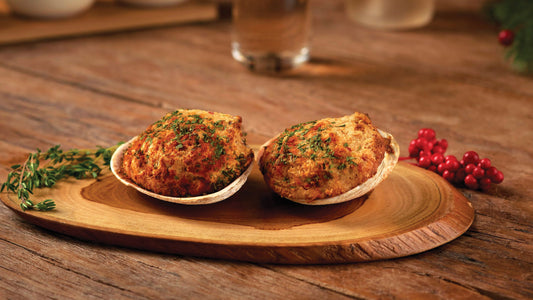
Ingredient and Nutritional Label for Stuffed Clams
Read ingredient and nutrition information for our customer-favorite, savory New England Stuffed Clams.
Ingredient and Nutritional Label for Stuffed Clams
Read ingredient and nutrition information for our customer-favorite, savory New England Stuffed Clams.
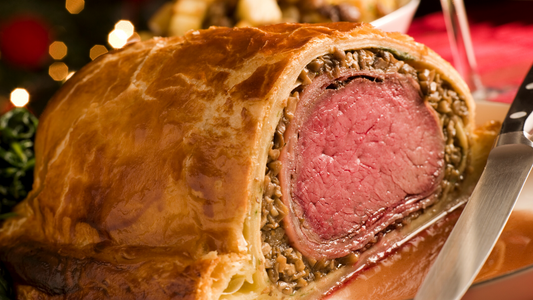
How to prepare our Beef Wellingtons
Easy prep instructions for our best-selling gourmet Beef Wellingtons.
How to prepare our Beef Wellingtons
Easy prep instructions for our best-selling gourmet Beef Wellingtons.
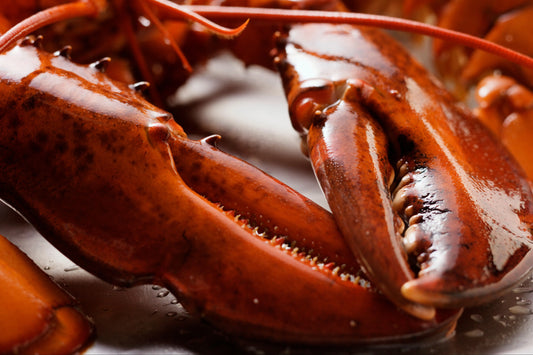
Lobster Secret Hacks: Elevate Your Cooking with...
Lobster, known for its rich flavor and prestigious reputation, can be the star of any dining occasion. For the amateur and experienced chef alike, knowing best how to prepare and...
Lobster Secret Hacks: Elevate Your Cooking with...
Lobster, known for its rich flavor and prestigious reputation, can be the star of any dining occasion. For the amateur and experienced chef alike, knowing best how to prepare and...
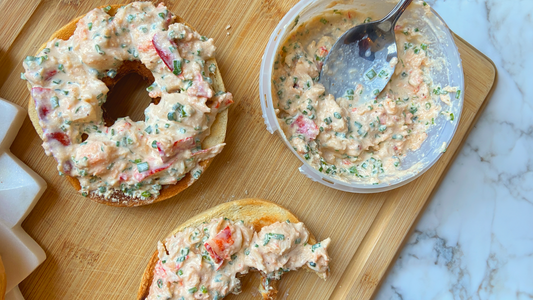
Maine Lobster Lox & Bagels Brunch: Prep Instruc...
Easy-peasy prep instructions for our exclusive, limited-edition brunch box, plus some of our fave mix-in ideas, in case you feel inspired to kick things up a notch with...
Maine Lobster Lox & Bagels Brunch: Prep Instruc...
Easy-peasy prep instructions for our exclusive, limited-edition brunch box, plus some of our fave mix-in ideas, in case you feel inspired to kick things up a notch with...

Prepare Our Luxurious Queen Roll with Butter-Po...
Are you ready to roll in ultimate luxury? Here's how to craft our lavish Queen Roll featuring butter-poached 100% Maine Lobster Tail Meat.
Prepare Our Luxurious Queen Roll with Butter-Po...
Are you ready to roll in ultimate luxury? Here's how to craft our lavish Queen Roll featuring butter-poached 100% Maine Lobster Tail Meat.
Explore
-
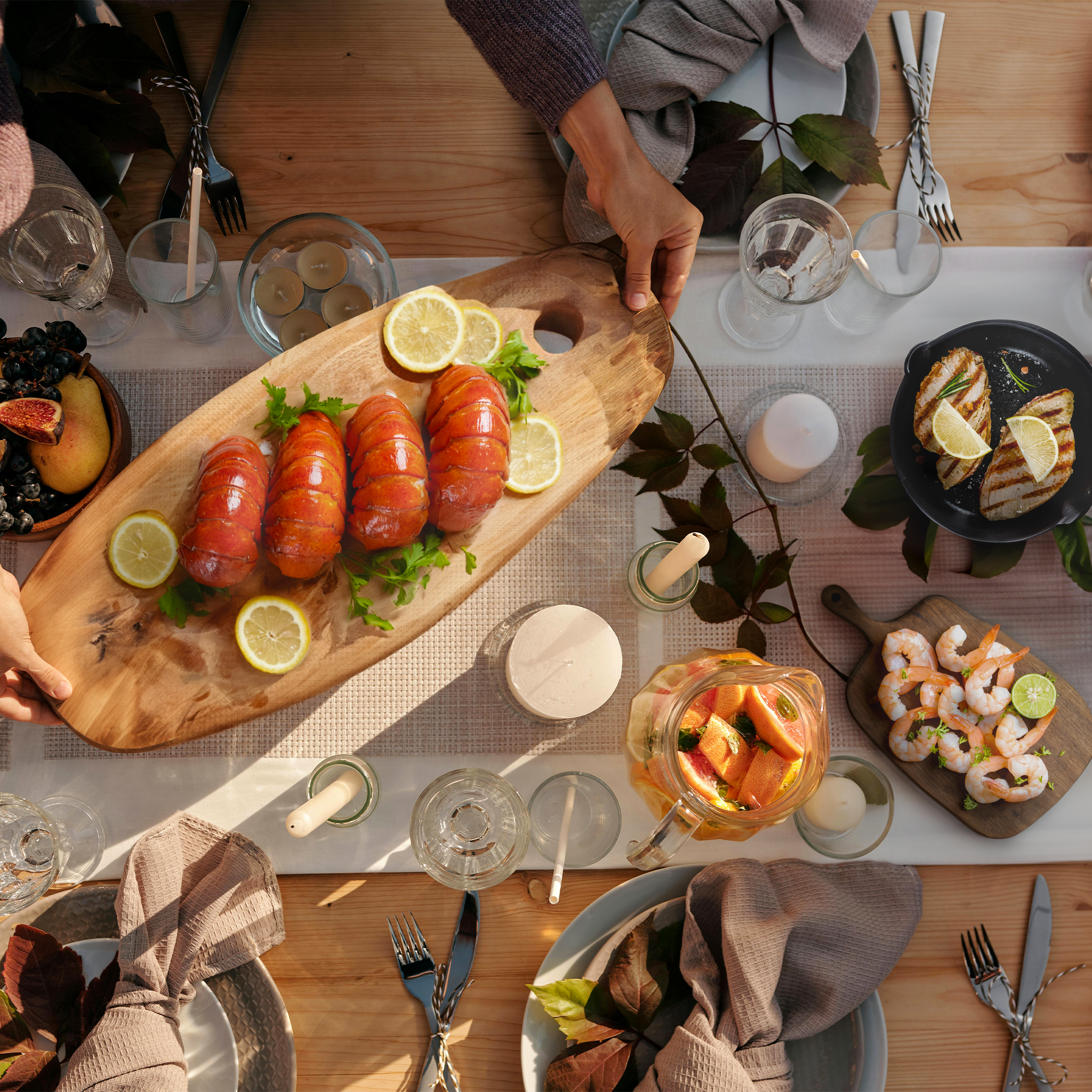
Insights
Learn more -
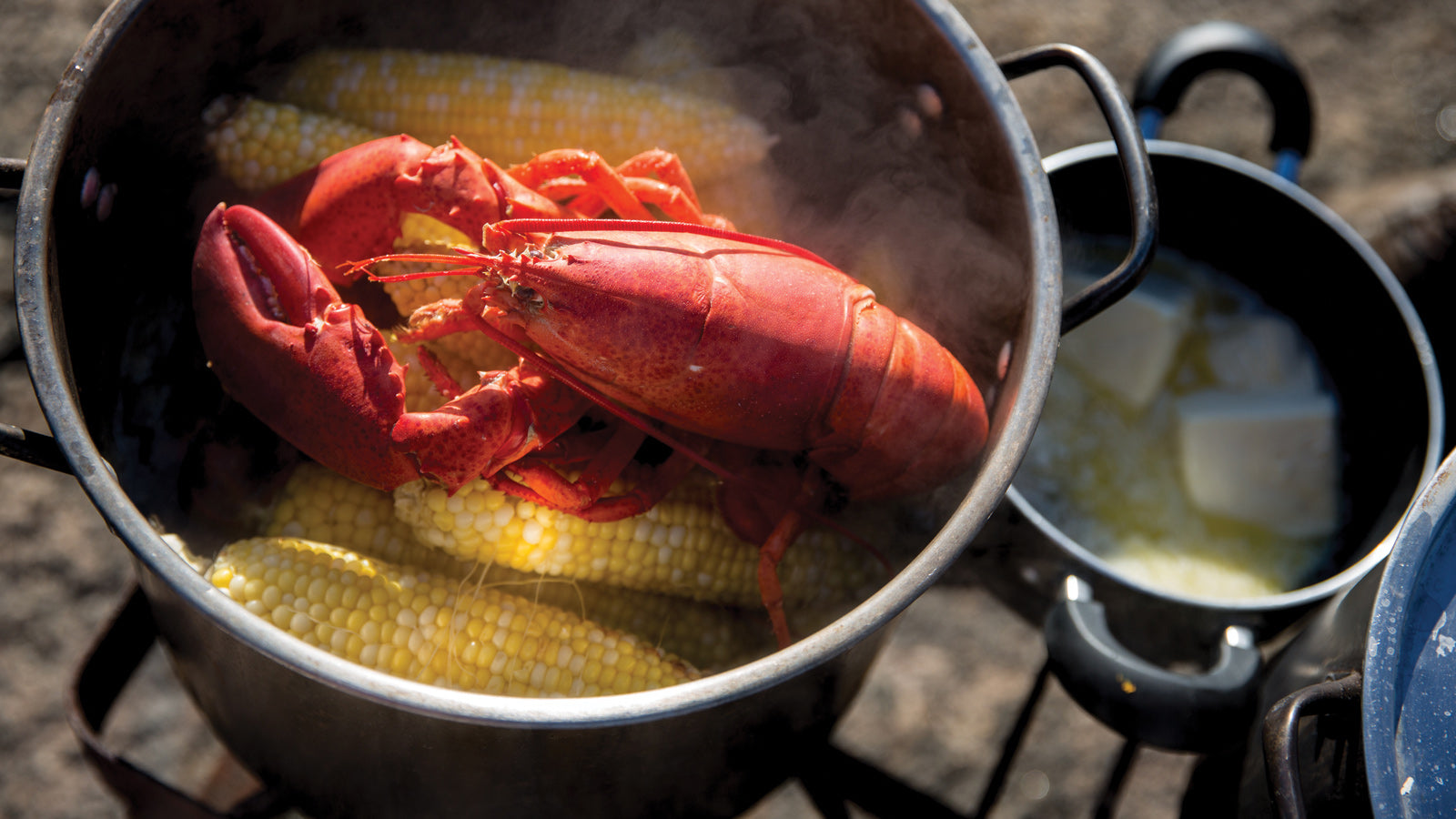
Prep Tips
Learn more -

Recipes
Learn more -
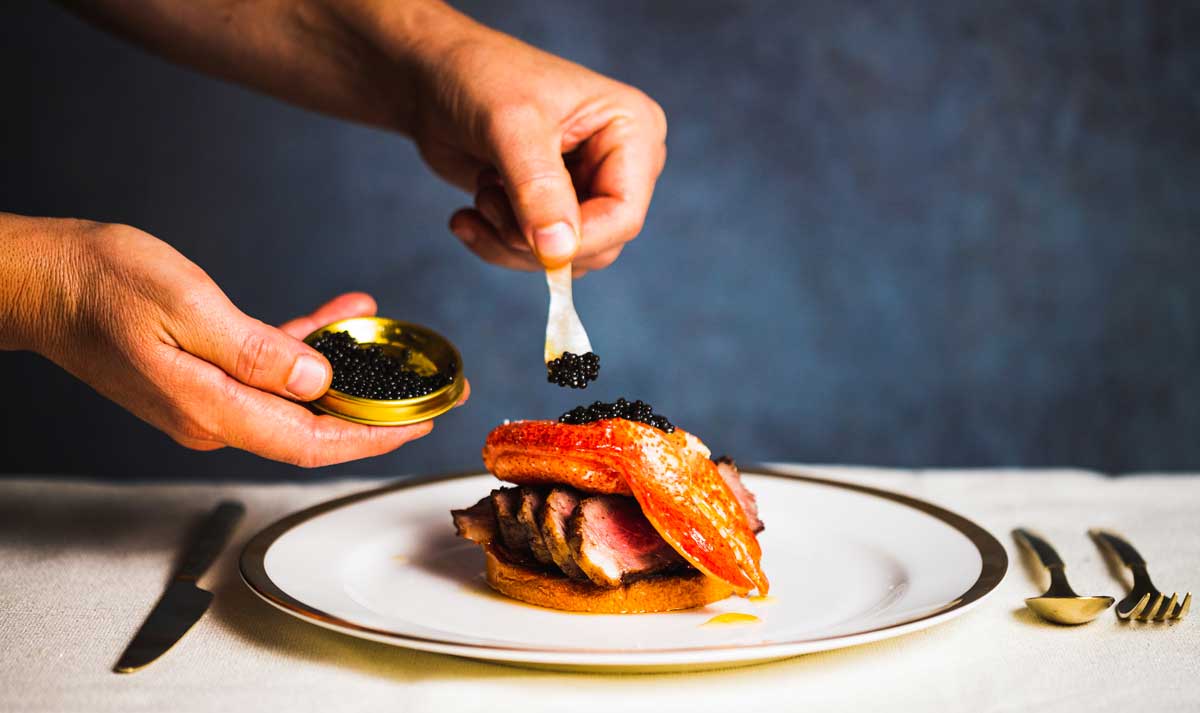
Press Room
Learn more
